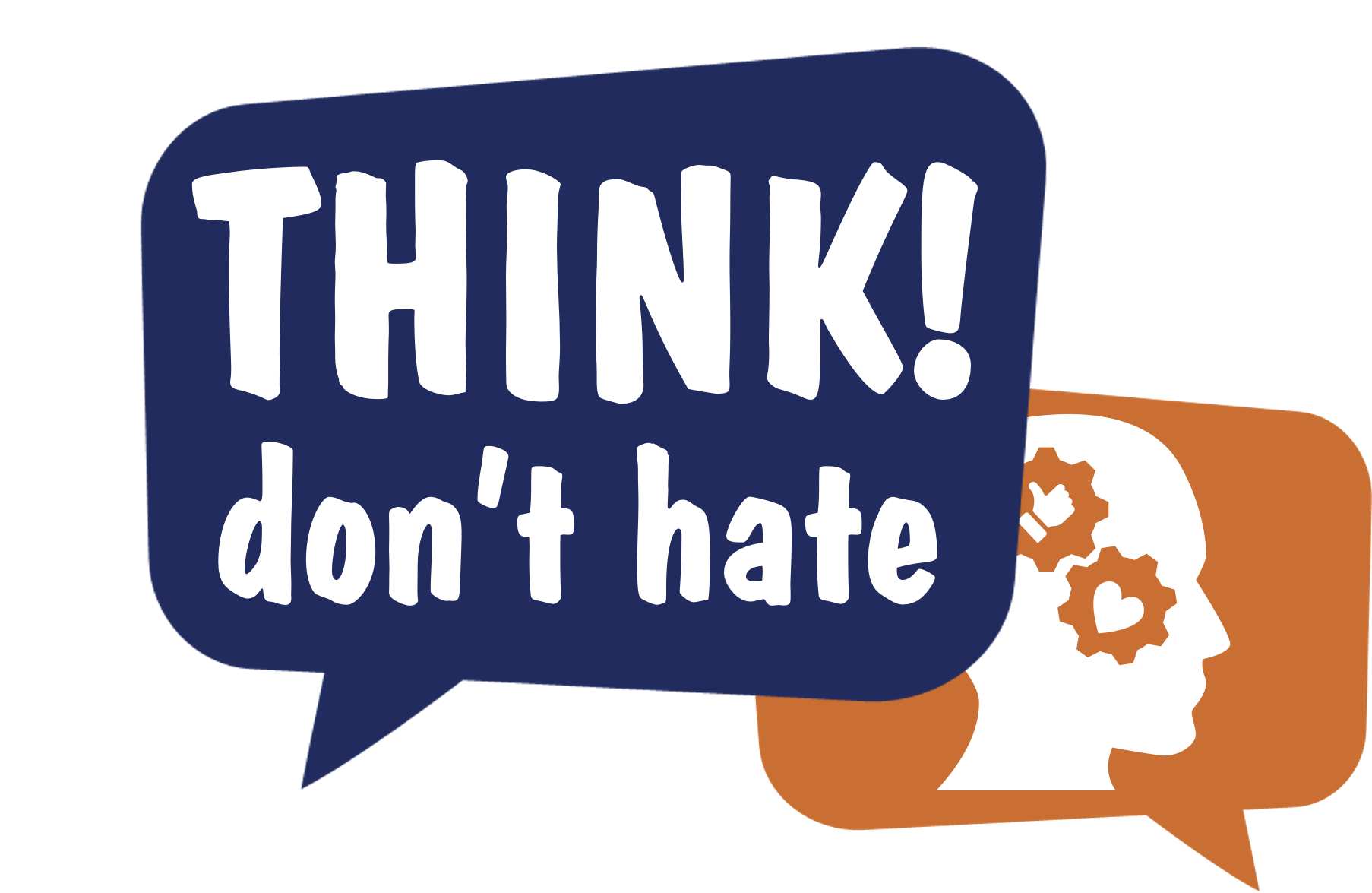A. Recognizing and analyzing online hate speech

There must have been some point in our life that -either we realize it or not- we have participated or at least observed some hostile narrative against a person or a group of people occurring online or in the real world. Let’s take a moment and self-reflect on it…How did we feel about our role in the incident? Were we vulnerable, powerful, cold, harassed, scared or felt justified for our actions? Did we accept it, try to avoid it, react or overpass it? Did we do anything about it? What was that? Or why not? If you are having a hard time thinking of any incident, don;t go too far…Hateful behaviours don’t necessarily need to be extremely harsh, extraordinary or too “loud”. They are easily hidden in random everyday moments -some of which might even seem quite innocent and harmless- though they actually cause a lot of pain, distress and negative emotions to their victims. Let’s go through the following scenario and try to analyse and comment on it:
